British artist Chila Kumari Singh Burman has added light to the darkness. Since November, the north bank of the Thames has been illuminated by her winter commission for Tate Britain ‘Remembering a brave new world’. Also conceived to celebrate Diwali, her vibrant work has been a much-needed moment of light and joy in a lockdown month, but also argues for the importance of Indian traditions within British identity.
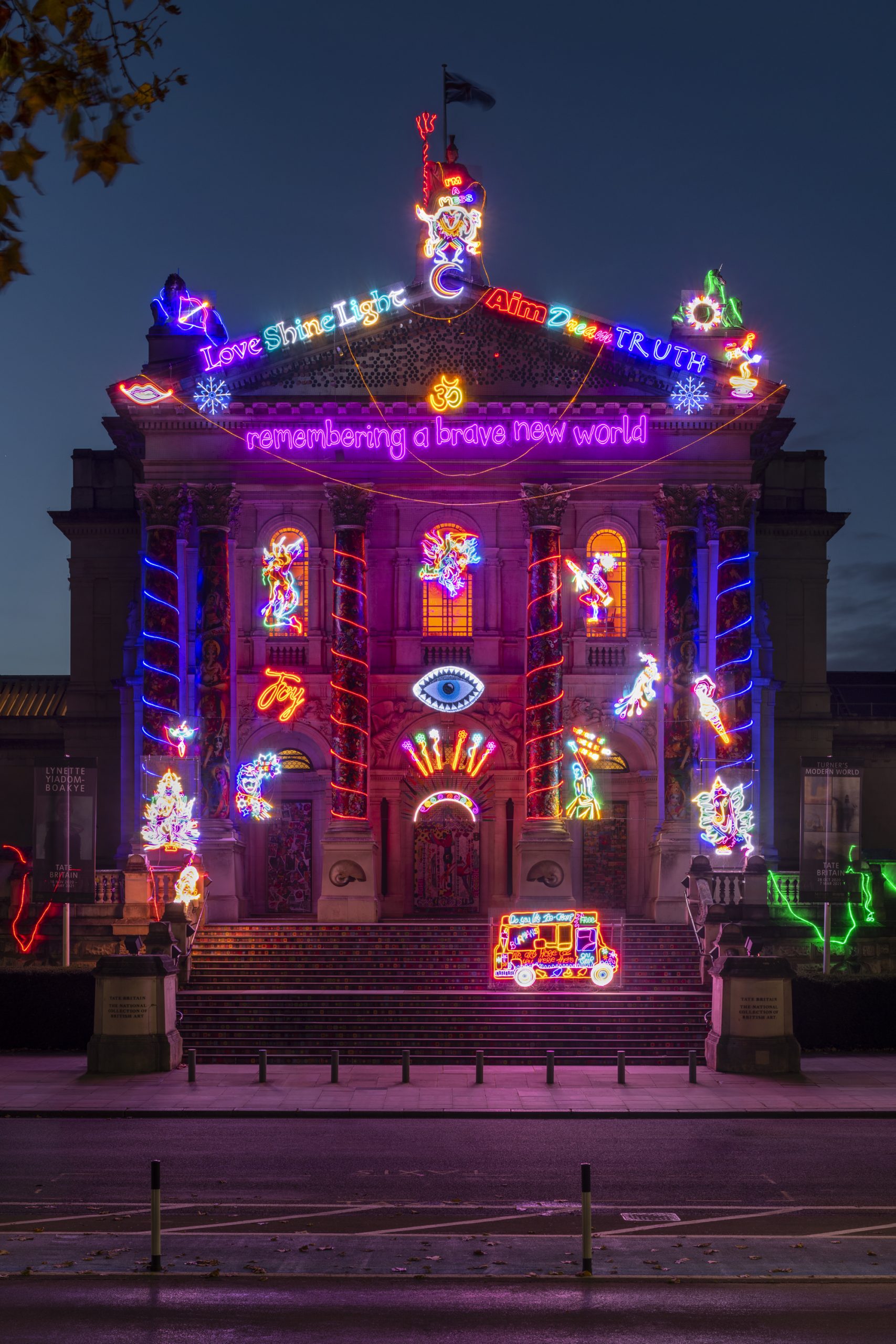
Burman has also illuminated our work at the Science Museum Group. In 2017, she worked on a major new commission for our Illuminating India season, which told the stories of the Indian innovators and thinkers who have often been overlooked or written out of Western narratives of history. Her works are now part of the permanent collection and have since featured in Burman’s solo show ‘Tales of Valiant Queens’ at Middlesbrough Institute of Art in 2018.
Burman was commissioned to produce a piece for the space outside of the two exhibitions that made up the Illuminating India season: 5000 Years of Science and Innovation and Photography 1857-2017, but particularly to respond to India’s central role in the history of science and technology.
She created a stunning salon hang of 29 works, using her trademark mix of print, collage, painting and kaleidoscopic iPad drawings with glittering additions. These celebrate themes and achievements in Indian science within a broader cultural, political and religious history.
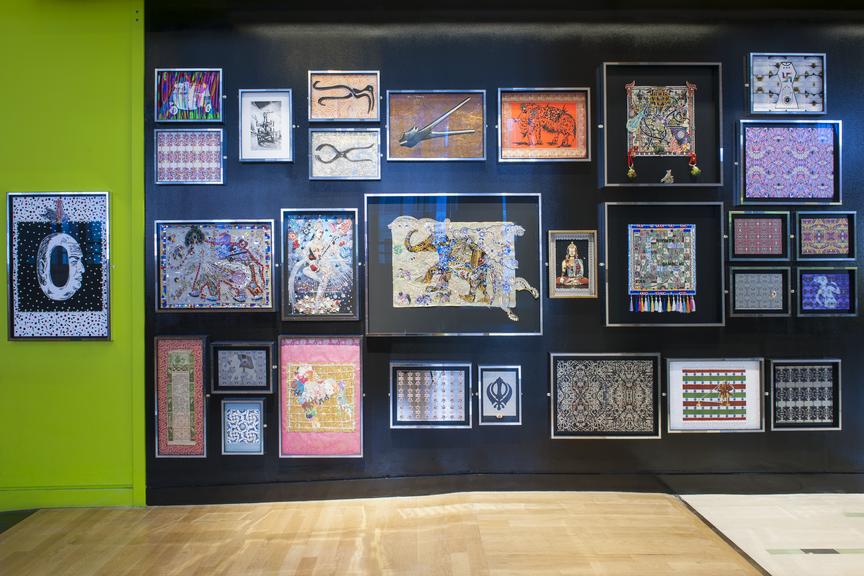
Science Museum Group Collection
As with her Tate Britain commission, every element in Burman’s ‘India Illuminated!’ collection has a reason behind it. Works celebrate the number zero, first recorded in Indian mathematics by Brahma Gupta in the seventh century CE, and three medical instruments based on early Ayurvedic texts.
The Indian flag appears behind a charkha: a traditional Indian spinning wheel, which is now strongly associated with independence leader Mahatma Gandhi’s arguments for an Indian economy based on cottage industries.
Elephants appear strutting through a number of works to tell an important environmental message. Nature reserves protecting species including elephants were established by Emperor Ashoka in around 250 BCE, and efforts put in place by the Mughal Emperor Akbar in the sixteenth century are credited with ensuring the survival of Indian elephants today.
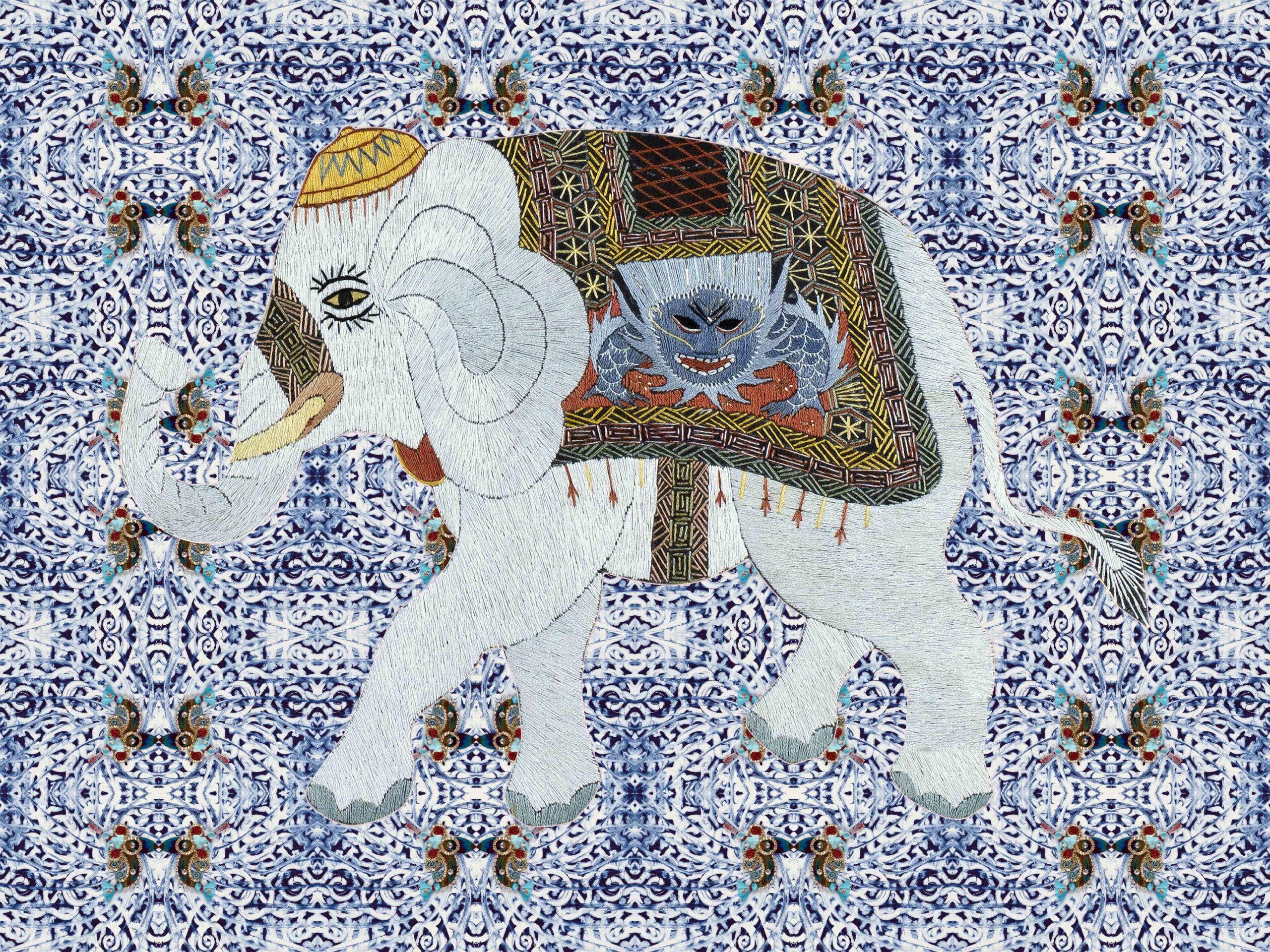
Burman chose to include figures and symbols from all a range of Indian religions within her collection: Sikh, Zoroastrian and Buddhist alongside a number of Hindu gods. Parvati, in particular, appears in multiple works, especially apt as she also manifests as Saraswati, goddess of learning, and therefore science and wisdom. Burman considered reusing one of our images of Parvati in the Tate commission.
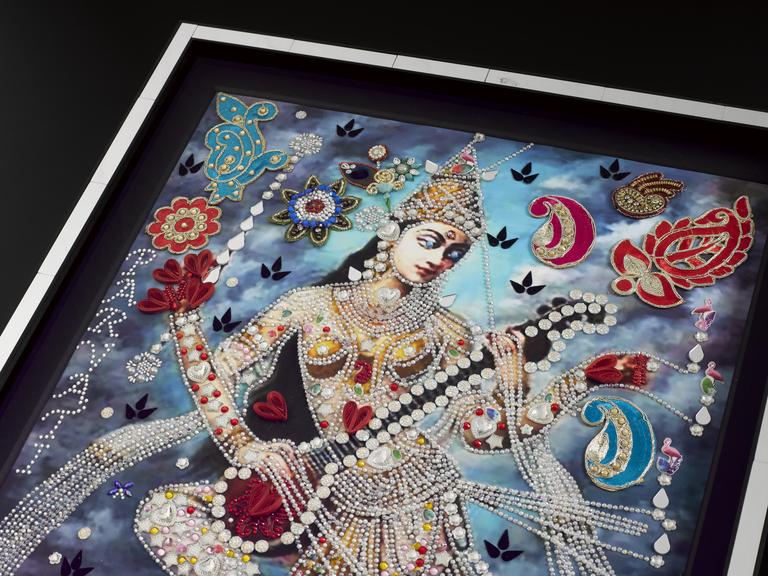
Also featured is a copy of Burman’s personal kundli (also known as a panchanga), which is an astrological horoscope and almanac that predicts a person’s trajectory through life.
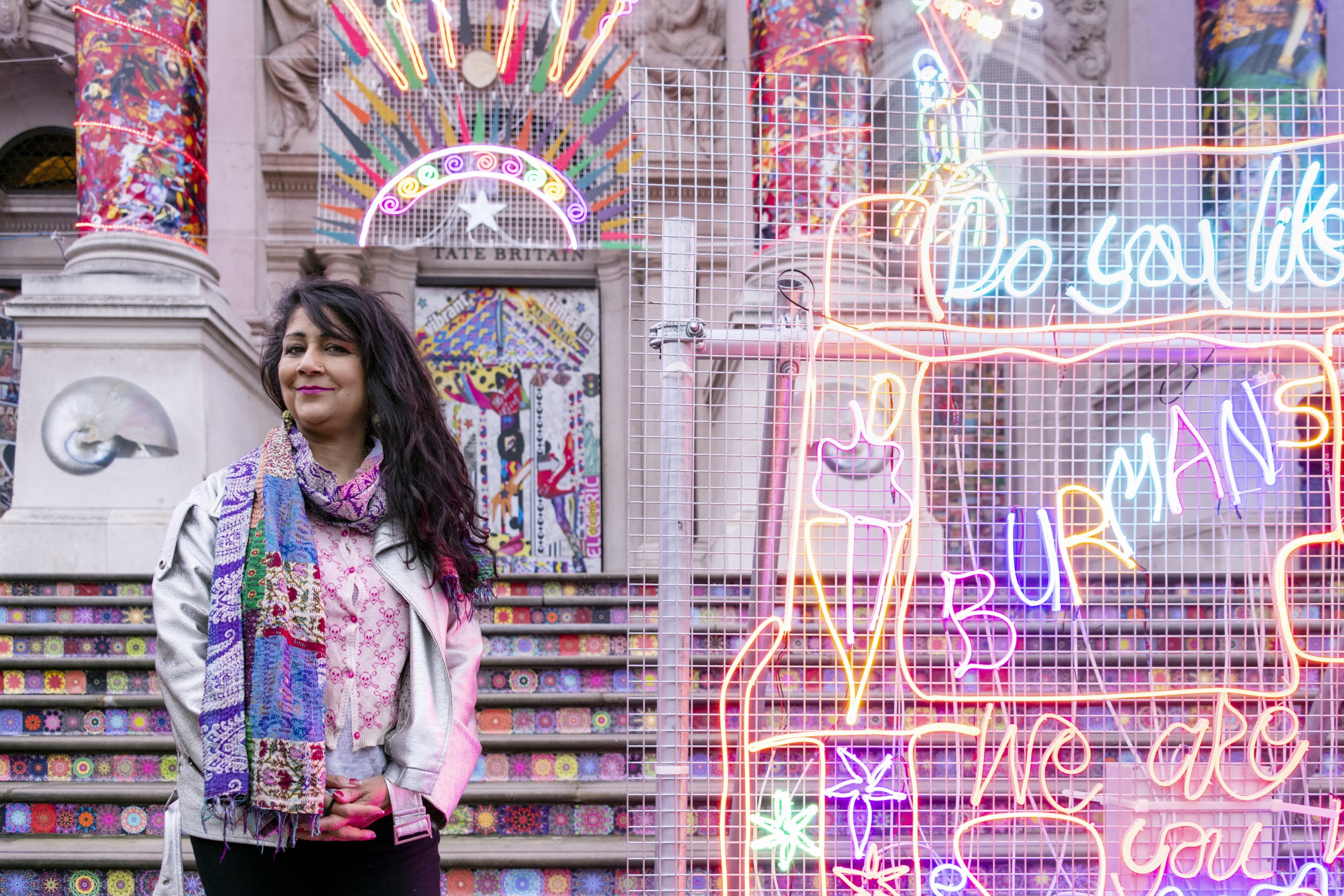
If Burman’s trajectory since working with the Science Museum is anything to go by, she will be illuminating our vision and thoughts more and more in the future.
Don’t miss her extraordinary winter commission at Tate Britain until 31 January 2021.
